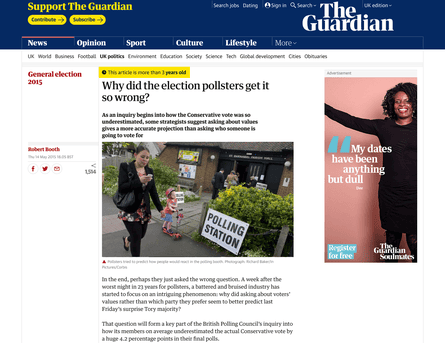The Only Guide for News Articles
Table of ContentsSome Known Questions About News Articles.8 Easy Facts About News Articles ExplainedIndicators on News Articles You Need To KnowThe Buzz on News ArticlesThe smart Trick of News Articles That Nobody is Discussing
Great understanding of various topics offers students an one-upmanship over their peers. Also though electronic and social media sites are readily accessible, we need to not fail to remember just how important it is to review the newspapers. Parents need to attempt and inculcate the routine of reading a paper as an everyday regimen to continue the tradition of the adored print medium.Information tales additionally contain at the very least one of the complying with important attributes loved one to the desired target market: proximity, prominence, timeliness, human interest, oddity, or consequence.
Within these limitations, news tales additionally aim to be detailed. Among the larger and more revered newspapers, fairness and equilibrium is a major aspect in presenting details.
Papers with an international target market, as an example, tend to use a more official style of creating. The details selections made by a news electrical outlet's editor or content board are usually accumulated in a style guide; common design guides include the and the US Information Style Publication. The main objectives of news writing can be summed up by the ABCs of journalism: accuracy, brevity, and clarity.
8 Simple Techniques For News Articles
Generally, journalists will certainly not utilize a lengthy word when a brief one will certainly do. They make use of subject-verb-object construction and vibrant, active prose (see Grammar). They supply stories, instances and allegories, and they seldom rely on generalizations or abstract concepts. Information writers try to prevent utilizing the exact same word a lot more than as soon as in a paragraph (in some cases called an "echo" or "word mirror").
Headlines sometimes omit the topic (e.g., "Jumps From Watercraft, Catches in Wheel") or verb (e.g., "Feline lady lucky"). A subhead (also subhed, sub-headline, subheading, caption, deck or dek) can be either a secondary title under the major heading, or the heading of a subsection of the post. It is a heading that precedes the primary text, or a team of paragraphs of the main text.

Additional billboards of any of these types might appear later on in the write-up (especially on succeeding web pages) to lure further analysis. Such signboards are also made use of as tips to the write-up in various other areas of the publication or site, or as ads for the piece in other magazine or sites. Typical structure with title, lead paragraph (recap in bold), other paragraphs (information) and contact info.

Instance of a hard-lead paragraph NASA is proposing an additional space task. The budget plan requests around $10 billion for the project.
The NASA news came as the firm requested $10 billion of appropriations for the job. An "off-lead" is the second most vital front page information of the day. The off-lead appears either in the leading left corner, or straight below the lead on the right. To "hide the lead" is to start the post with background information or details of second value to the readers, requiring them to find out more deeply into a write-up than they need to need to in order to find check over here the vital factors.
3 Simple Techniques For News Articles
Typical usage is that a person or more sentences each develop their very own paragraph. Reporters generally define the company or structure of a news story as an inverted pyramid. The necessary and most intriguing components of a tale are placed at the beginning, with sustaining information following in order of decreasing value.
It allows people to discover a topic to just the deepness that their interest takes them, and without the imposition of details or nuances that they could consider irrelevant, but still making that info offered to much more this page interested readers. The inverted pyramid structure also makes it possible for articles to be cut to any type of approximate length throughout format, to suit the area available.
Some writers begin their tales with the "1-2-3 lead", yet there are many sort of lead offered. This format invariably starts with a "5 Ws" opening paragraph (as defined above), complied with by an indirect quote that serves to sustain a significant element of the first paragraph, and after that a straight quote to support the indirect quote. Our site [] A kicker can describe multiple points: The last story in the news program; a "satisfied" tale to end the show.
Longer write-ups, such as magazine cover posts and the pieces that lead the inside areas of a paper, are recognized as. Function tales vary from straight news in a number of means.
The Best Guide To News Articles
A feature's initial paragraphs typically associate an appealing minute or occasion, as in an "anecdotal lead". From the particulars of an individual or episode, its sight swiftly expands to generalizations concerning the tale's topic.

The Editor's Toolbox: A Reference Overview for Beginners and Professionals (2001) Allan M. Siegal and William G. Connolly. The New York City Times Manual of Design and Usage: The Official Design Overview Used by the Writers and Editors of the Globe's Many Reliable Paper (2002) M. L. Stein, Susan Paterno, and R.